Astonishing Things: The Drawings of Victor Hugo – a 'haunting' exhibition
The works take us for a 'wild ride' inside the great author's 'psychedelic' imagination
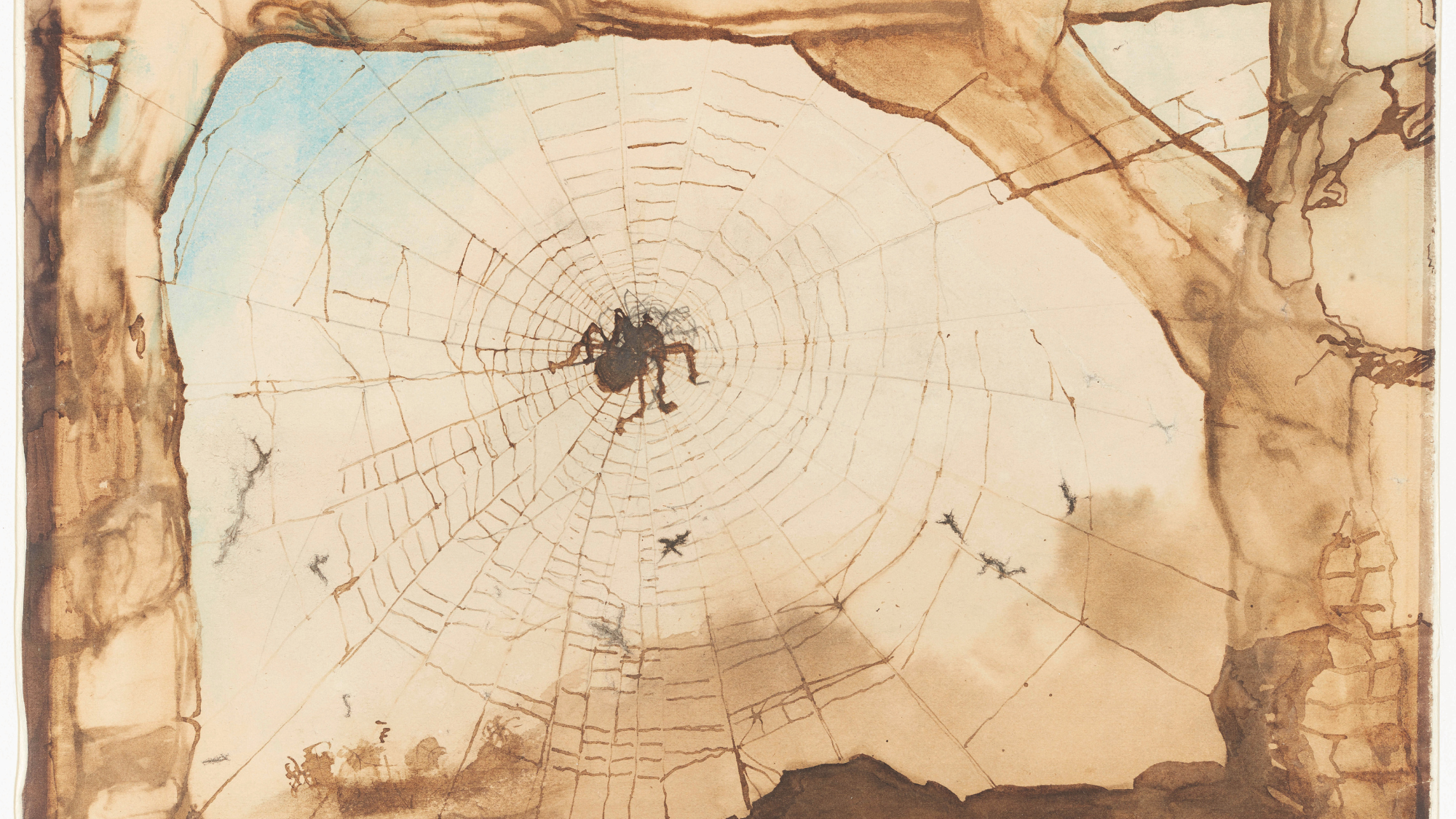
Victor Hugo was "the French equivalent of Shakespeare and Dickens", said Jonathan Jones in The Guardian. We've all absorbed the myths he created – "Les Misérables", "The Hunchback of Notre-Dame" – "even if we have never picked up one of his books". Still, it may come as a surprise to learn that beyond his talents as a novelist, he was also an accomplished visual artist.
Although entirely self-taught, Hugo (1802-1885) was a prolific draughtsman, reeling off thousands of sketches – from idle "caricatures" to "sublime and surreal masterpieces" – "without rules or any audience except himself"; indeed, he never exhibited them in public in his lifetime. This "sensitively curated" new exhibition is a rare opportunity to see his art, featuring around 70 drawings that offer a revelatory glimpse into his private world. Sometimes tiny in scale, the works here depict everything from "fairy-tale castles" and "unreal landscapes" to "cosmic visions of planets". Hugo self-deprecatingly described his approach to drawing as "using up spare ink" – but at its best, his art is "haunting" and "timeless".
Throughout, "you feel immersed in a phantasmagoria of crumbling edifices and fog-shrouded gothic remnants", said Jackie Wullschläger in the FT. The brown-washed, almost sepia-tinged drawings frequently evoke the "twilit nostalgic sensibility" of Hugo's novels, some deploying odd tricks of perspective to eerie effect. One stunning example sees the fortress town of Vianden in Luxembourg glimpsed through a spider's web, the "giant arachnid" seemingly hovering over the "minuscule" town in the distance. In another image "uncannily anticipating nuclear apocalypse", he depicts an "enormous green and red" mushroom rising above a destroyed landscape. Experiments with collage, meanwhile – a postage stamp glued onto another view of a castle, say, or lace incorporated into a depiction of a "winding stair" – seem to prefigure the 20th century avant-garde.
The Week
Escape your echo chamber. Get the facts behind the news, plus analysis from multiple perspectives.

Sign up for The Week's Free Newsletters
From our morning news briefing to a weekly Good News Newsletter, get the best of The Week delivered directly to your inbox.
From our morning news briefing to a weekly Good News Newsletter, get the best of The Week delivered directly to your inbox.
The mood here is generally "dark and oppressive", said Alastair Sooke in The Telegraph. For example, we see a "vast subterranean skull" growing from the roots of a tree "like a malignant tuber". Another drawing, in which Hugo exhibits his opposition to capital punishment, shows a cadaver hanging from a gibbet; its title – "Ecce Lex" (1854) – means "Behold the law". Everything here has "a mesmerising peculiarity, like half-glimpsed visions of alternative dimensions" – perhaps derived from his interest in "automatic" drawing, whereby he allowed his unconscious to tease "strange forms" from "random inkblots". Witness his picture of an octopus performing "otherworldly semaphore with improbably knotted tentacles". You might not wish to be "trapped" inside the great author's "psychedelic" imagination for too long, but this exhibition is "a wild ride".
Royal Academy, London W1. Until 29 June
A free daily email with the biggest news stories of the day – and the best features from TheWeek.com
-
 ‘Jumping genes': How polar bears are rewiring their DNA to survive the warming Arctic
‘Jumping genes': How polar bears are rewiring their DNA to survive the warming ArcticUnder the radar The species is adapting to warmer temperatures
-
 January’s books feature a revisioned classic, a homeschooler's memoir and a provocative thriller dramedy
January’s books feature a revisioned classic, a homeschooler's memoir and a provocative thriller dramedyThe Week Recommends This month’s new releases include ‘Call Me Ishmaelle’ by Xiaolu Guo, ‘Homeschooled: A Memoir’ by Stefan Merrill Block, ‘Anatomy of an Alibi’ by Ashley Elston and ‘Half His Age’ by Jennette McCurdy
-
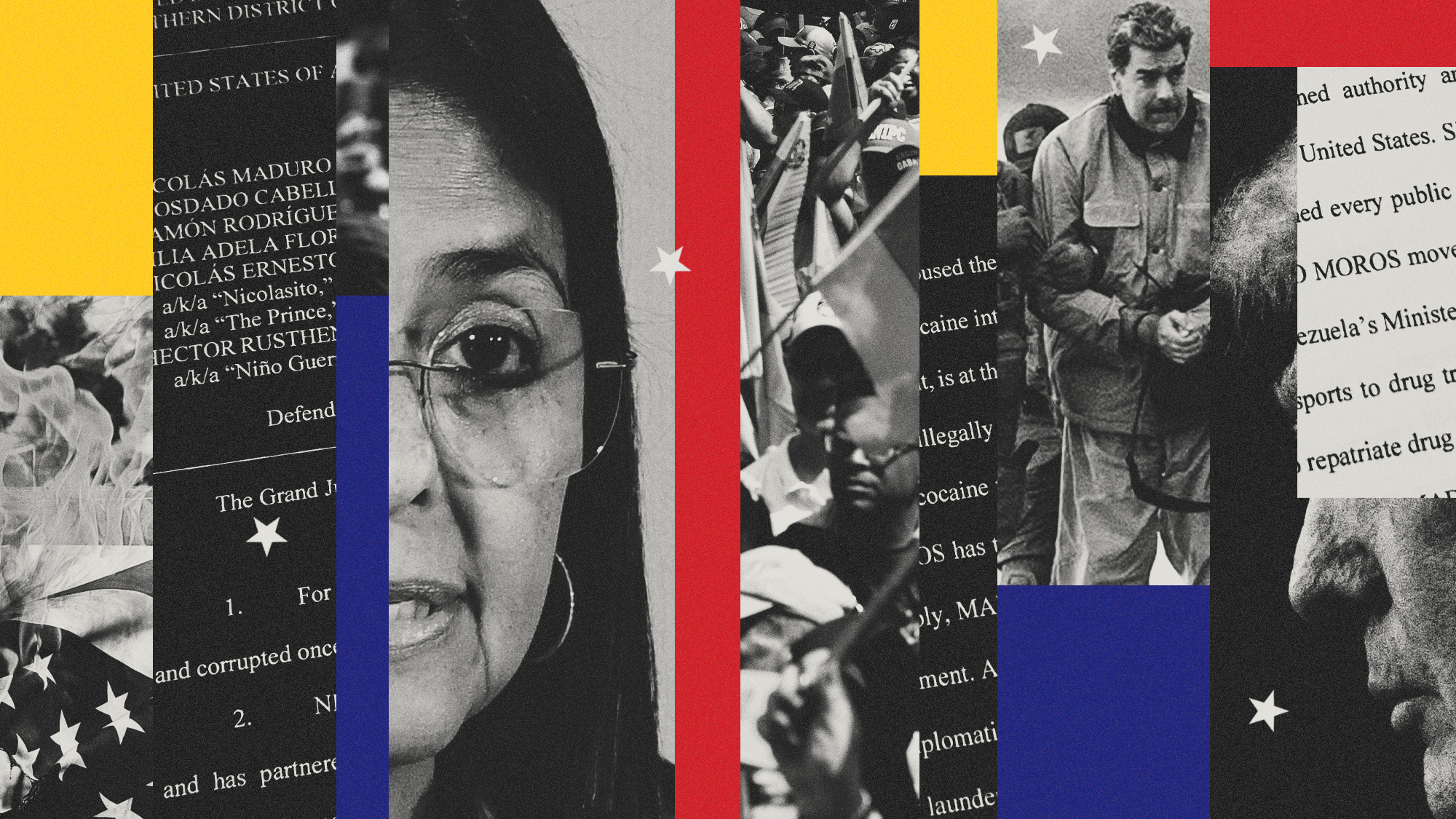 Venezuela’s Trump-shaped power vacuum
Venezuela’s Trump-shaped power vacuumIN THE SPOTLIGHT The American abduction of Venezuelan President Nicolás Maduro has thrust South America’s biggest oil-producing state into uncharted geopolitical waters
-
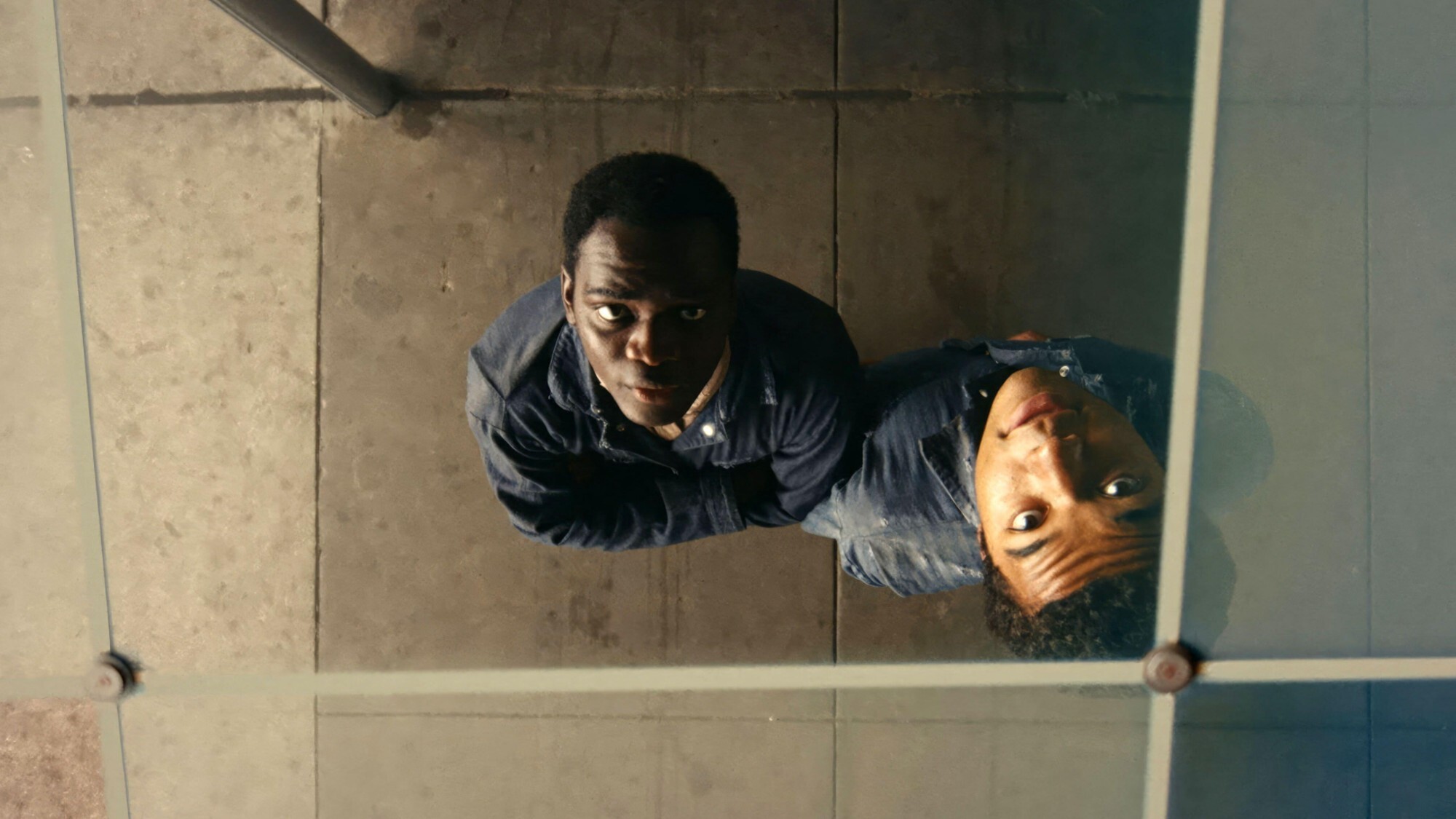 The ultimate films of 2025 by genre
The ultimate films of 2025 by genreThe Week Recommends From comedies to thrillers, documentaries to animations, 2025 featured some unforgettable film moments
-
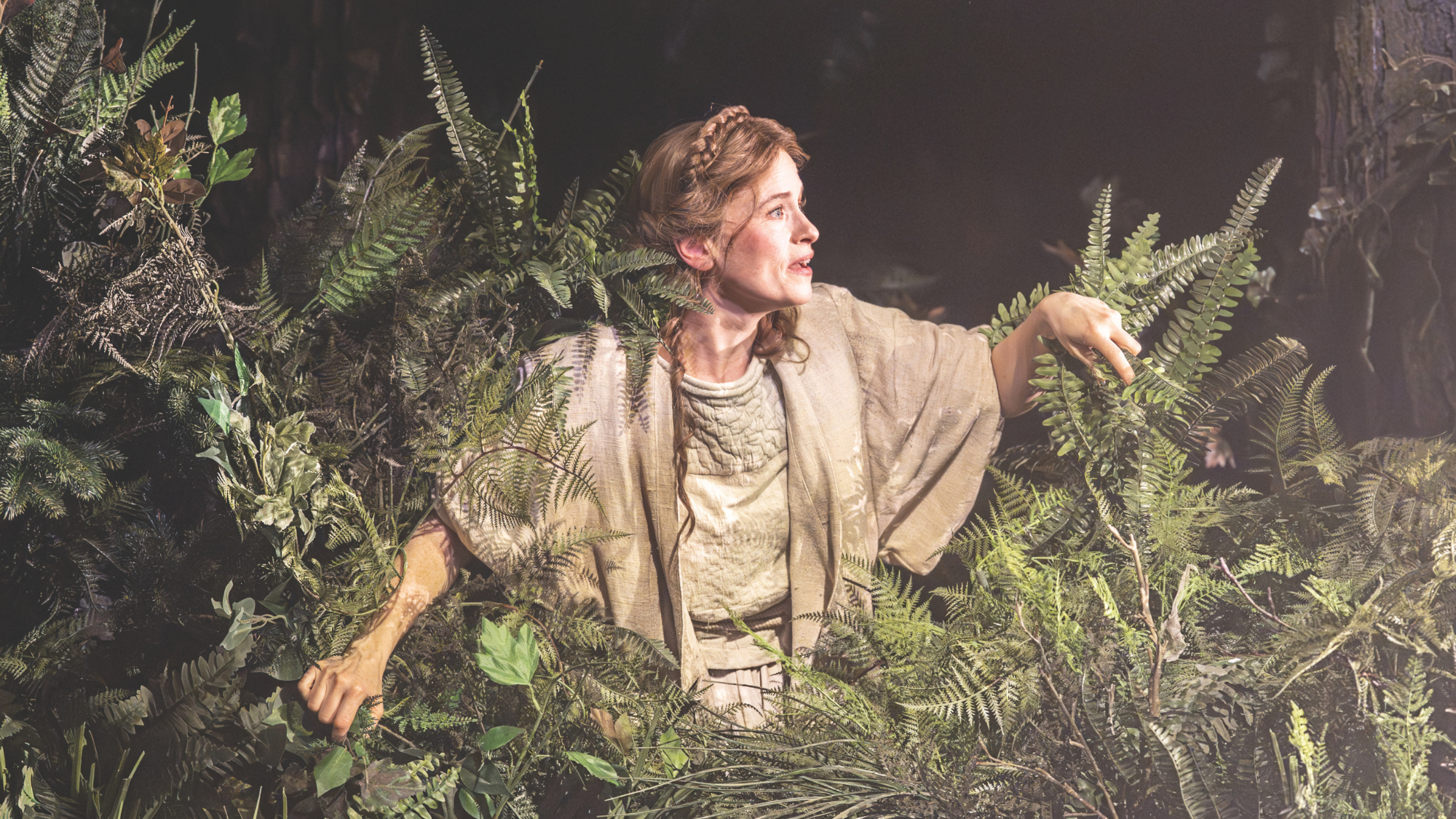 Into the Woods: a ‘hypnotic’ production
Into the Woods: a ‘hypnotic’ productionThe Week Recommends Jordan Fein’s revival of the much-loved Stephen Sondheim musical is ‘sharp, propulsive and often very funny’
-
 The best food books of 2025
The best food books of 2025The Week Recommends From mouthwatering recipes to insightful essays, these colourful books will both inspire and entertain
-
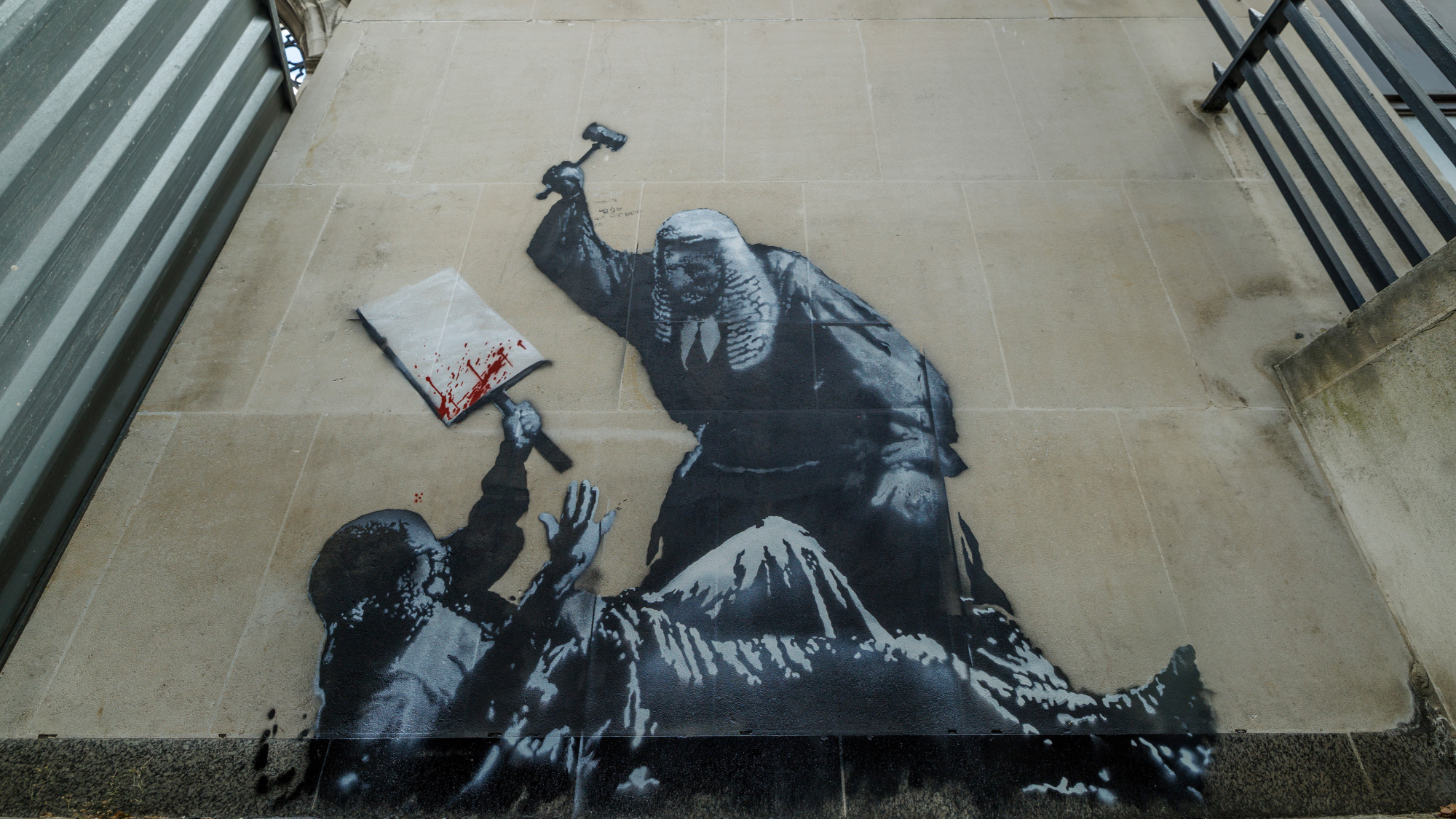 Art that made the news in 2025
Art that made the news in 2025The Explainer From a short-lived Banksy mural to an Egyptian statue dating back three millennia
-
 Nine best TV shows of the year
Nine best TV shows of the yearThe Week Recommends From Adolescence to Amandaland
-
 Winter holidays in the snow and sun
Winter holidays in the snow and sunThe Week Recommends Escape the dark, cold days with the perfect getaway
-
 The best homes of the year
The best homes of the yearFeature Featuring a former helicopter engine repair workshop in Washington, D.C. and high-rise living in San Francisco
-
 Critics’ choice: The year’s top 10 movies
Critics’ choice: The year’s top 10 moviesFeature ‘One Battle After Another’ and ‘It Was Just an Accident’ stand out